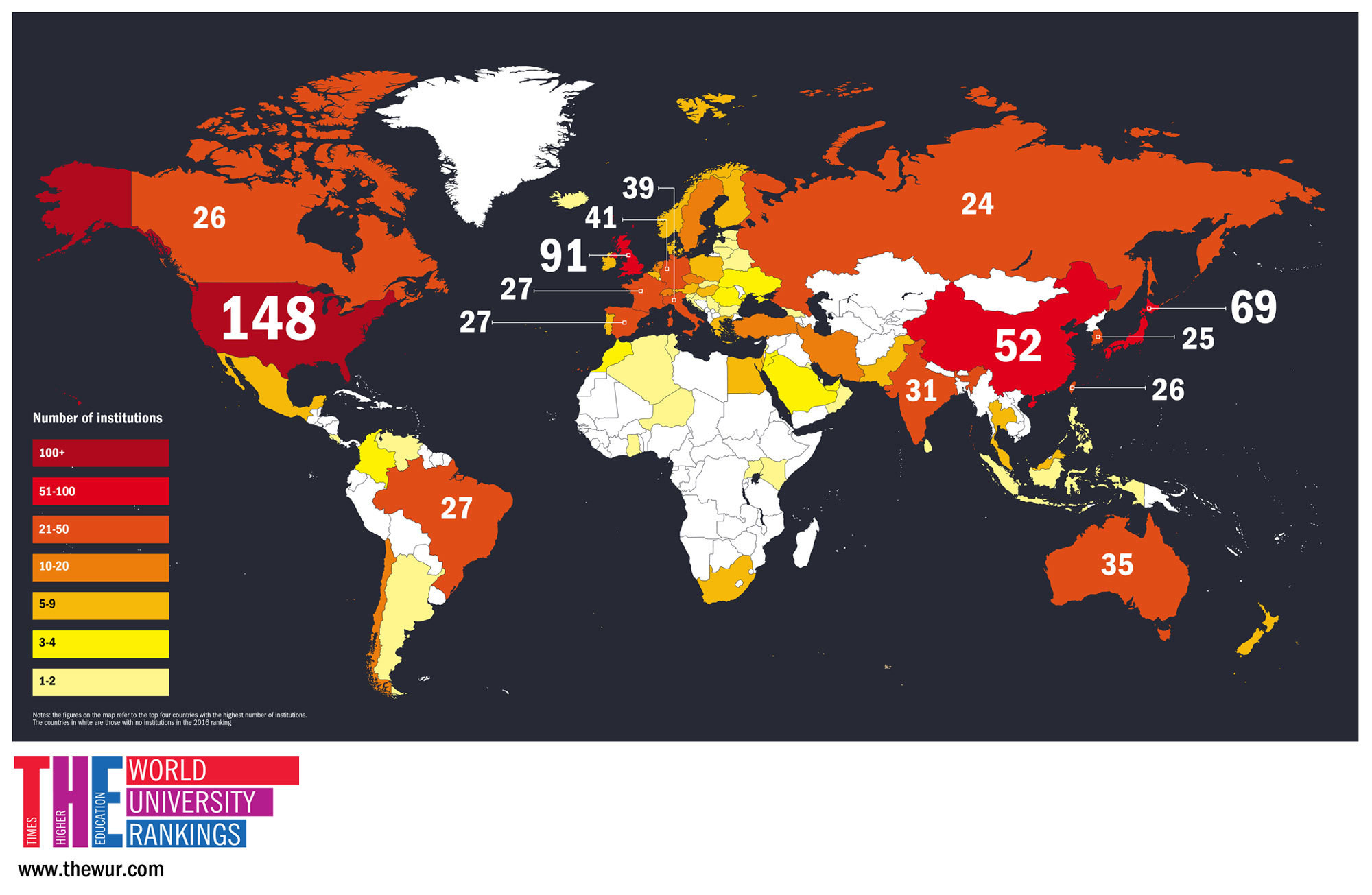People's fairness preferences are an important constraint for what constitutes an acceptable economic transaction, yet little is known about how these preferences are formed. In this paper, we provide clean evidence that previous transactions play an important role in shaping perceptions of fairness. Buyers used to high market prices, for example, are more likely to perceive high prices as fair than buyers used to low market prices. Similarly, employees used to high wages are more likely to perceive low wages as unfair. Our data further allows us to decompose this history dependence into the effects of pure observation vs. the experience of payoff-relevant outcomes. We propose two classes of models of path-dependent fairness preferences—either based on endogenous fairness reference points or based on shifts in salience—that can account for our data. Structural estimates of both types of models imply a substantial deviation from existing history-independent models of fairness. Our results have implications for price discrimination, labor markets, and dynamic pricing.
Fonte: What Makes a Price Fair? An Experimental Analysis of Market Experience and EndogenousFairness ViewsHolger Herz and Dmitry Taubinsky NBER Working Paper No. 22728 October 2016










